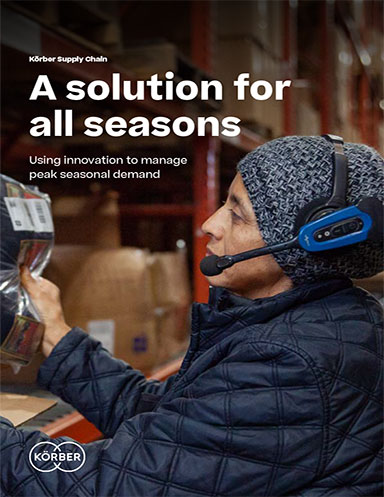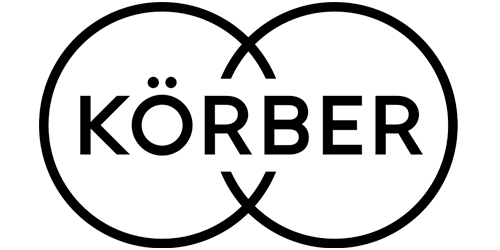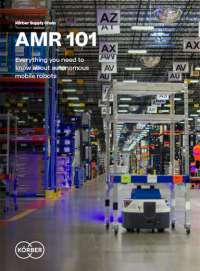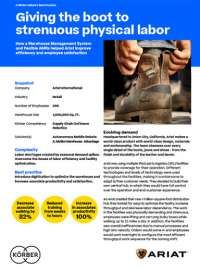The current challenge as holidays near
Supply chain experts have been raising alarms for the 2021 holiday season for months. Shoppers have been told as early as mid-September to start buying well before November, thanks to supply chain woes and uncertainty around the delta variant.
According to economist John Rutledge, we have quite some time before we are out of the woods. The toll the COVID-19 pandemic is taking on our supply chains will only continue to inflict pain on our global supply chain and contribute to the current logjam well into 2023.
As more variants spread, major ports will be forced to shut down and contribute to the ever-growing delays. The third-busiest port in the world, China’s Ningbo-Zhoushan, was forced to shut down in August upon the discovery of a single COVID-19 case. China’s “zero tolerance” approach to the pandemic has continued to exacerbate already stretched supply networks. This closure quickly led to record breaking backups of cargo ships off the coast of California in early September. With the holidays nearing, the backups have only escalated since.
Key factors contributing to the strained global supply chain are quickly increasing shipping container costs, container shortages, COVID-19 outbreaks at shipping ports, and a shortage of workers to unload containers and handle goods in our country’s warehouses.
Due to this, consumers are bound to see an increased amount of out-of-stock notices and longer delivery times. Furthermore, the typical holiday sales are taking a different form. While there will be fewer deals than previous years thanks to low stock of goods, most retailers are starting their Black Friday deals in October.
The U.S. is suffering from longer delivery delays than other economies because of stronger demand from American consumers. The latest research by the Institute of International Finance signaled that high inflation is likely to continue as products become scarce. In addition, it found that the U.S. is a continuous outlier in the global supply chain with longer arrival delays.
Agility and resilience in the holiday season
With ever-changing conditions within the supply chain, businesses of all industries are faced with a choice: Adapt in the face of disruption or be limited with production setbacks. Amazon has increased capacity and demand planning to balance its customers’ needs with any possible occurrence of a supply chain disruption. In order to maintain its two-day delivery process, Amazon has prepared for the holidays with more planes, trucks, ships, vans, and added port capacity.
Although Amazon employed more than 1.46 million full- and part-time workers as of Sept. 30, the retail giant plans to add over 120,000 seasonal employees in the U.S. and over 20,000 in the U.K. to keep warehouses well-staffed.
Unfortunately, the addition of new hires and forms of transportation is likely to wipe out Amazon’s profit for the fourth quarter. Billions of dollars will go towards paying new employees at higher wages, speeding partly empty trucks to their destinations to fit tight timelines, and having to send products on less-efficient, circuitous routes.
In early September, Walmart announced plans to hire more than 20,000 workers for their supply chain division to handle the busy holiday season. The world’s largest retailer is offering a mix of part-time and full-time roles at 250 Walmart and Sam’s Club distribution centers, fulfillment centers, and transportation offices.
The future impacts
As holiday delays continue to hinder the global supply chain, things are certain to get worse before they get better. Although it has been 19 months since the pandemic’s initial disruption, experts fear that supply chains won’t return to normalcy in the near future.
Escalating consumer demand, warehouse and port COVID-related shutdowns, and continuous delivery delays point to a never-ending peak season to last through much of 2022. The coming months will test even the best supply chains’ ability to be flexible, agile, and resilient.
Related Resource
Using Innovation to Manage Peak Seasonal Demand
Managing seasonal demand is becoming even more complex thanks to the expanding role of omnichannel distribution, increasing product lines, order diversity and goods returns. Download Now!
Article topics
Email Sign Up





















